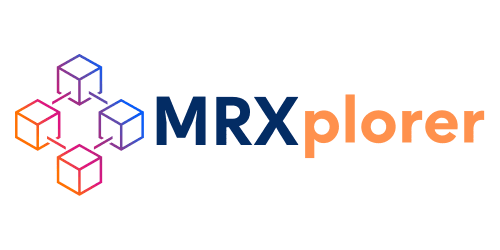Implementing the new tools through expert change management
Timing: varies depending on scope and team size, generally 6-12 months
Pricing
$25,000 - $50,000 (small to medium research teams, up to 25 members)
$100,000+ (large research teams or global teams)

Change management in action
Z helped a global CPG company create and implement a change strategy for their international market research teams to adopt a new tool and new concept testing process. We created a steering committee comprised of representatives who would communicate with the various teams, incentive plans and contests to encourage adoption, and regular highlights of adoption stories during quarterly global team events.
What does change management entail for my team?
Change management is more than just phasing out old tools and replacing them with new tools. It includes managing people's expectations, involving them so they are aware of the scope of the changes and can identify barriers you might overlook, and building excitement for what's to come. Done well, this takes time, but results in long-term transformation. Below is a walk-through of the some of the main considerations of a change management program.
Leadership Trust
First and foremost, your team needs to trust that they are embarking on this exercise for good reason and not just because someone in leadership is feeling nervous about the latest set of buzzwords that have hit the industry. In other words, your team needs to trust that you have their best intentions at the forefront of exploring new technologies to adopt. If you know that your team struggles in this area, find the people who do have this trust amongst their peers and ask them to lead the effort. A lack of trust from the beginning will only make this entire process longer and more difficult.
Team Preparation
The importance of reminding your team that change is coming cannot be understated. This is an opportunity to get them excited, rather than anxious, about what the change will mean for them. Always speak to the individual benefits they will see; everyone listens to What's In It For Me radio (WII FM). Telling your staff that the new technology will save the company money is too far removed to feel like an actual benefit to them. Telling them that the new technology will save them time by automating boring tasks will speak much clearer to their sense of excitement about the possible benefits they will personally get from adopting the new technology.
Clear Decision-Making Roles
Engaging your team members in brainstorming changes to processes is crucial for getting team buy-in, as well. These are the folks who are closest to the day-to-day, so getting their perspective can reveal inefficiencies you may have not seen before. Your team has likely often talked about and thought about ways that the inefficiencies could be addressed - let them bring those ideas to the table! But equally crucial is being clear on who has the final approval on decisions made for the team.


